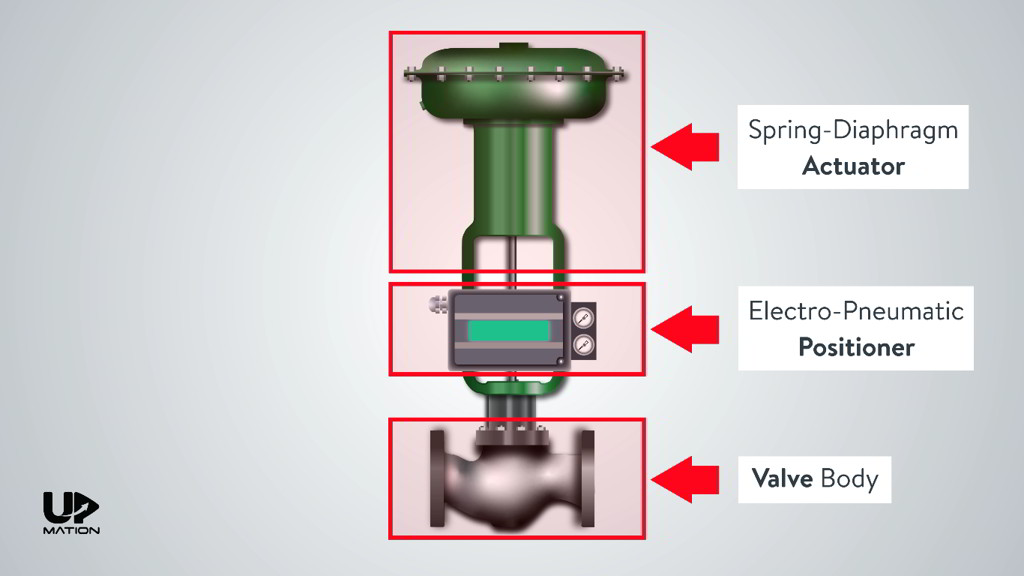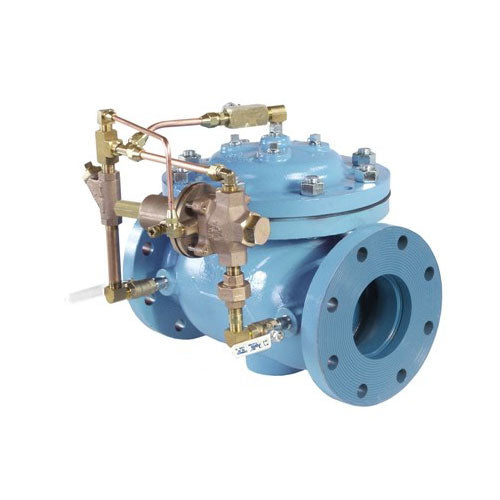Enhancing Functional Performance with Advanced Control Valves
Enhancing Functional Performance with Advanced Control Valves
Blog Article
Achieve Seamless Assimilation and Control With High Quality Structure Automation Controls
In the realm of modern structure administration, the relevance of high quality building automation controls can not be overstated. As innovation continues to breakthrough, the integration and control of numerous systems within a structure have actually developed to be more efficient and innovative. The smooth procedure and monitoring of illumination, A/C, security, and other structure functions have come to be paramount for improving occupant comfort, power efficiency, and total operational efficiency. The trip in the direction of accomplishing true combination and control is a complex one, with considerations ranging from system compatibility to cybersecurity. Accepting top quality structure automation controls is not merely a matter of convenience yet a strategic imperative for companies intending to optimize their facilities' efficiency and sustainability.

Evolution of Building Automation Controls
Throughout the past few years, the development of building automation controls has actually significantly transformed the way buildings are handled and run. Constructing automation systems mainly focused on fundamental features such as managing heating, air, and ventilation conditioning (HVAC) systems. As innovation progressed, these controls have actually come to be extra sophisticated, enabling for a broader range of building systems to be incorporated and taken care of centrally.
The advancement of building automation controls has seen a shift towards more intelligent systems that can adapt to altering problems in real-time. This flexibility is essential for enhancing energy effectiveness and making sure owner comfort. Additionally, contemporary building automation controls now supply features such as anticipating upkeep, remote tracking, and information analytics, enabling facility supervisors to make data-driven choices to improve structure efficiency.

Advantages of Top Quality Integration
The improvement in structure automation regulates in the direction of even more smart systems has actually underscored the significant benefits of quality combination in enhancing building operations and enhancing general efficiency. Quality combination of building automation controls provides numerous essential benefits. It leads to improved energy efficiency by allowing various systems to function with each other seamlessly, guaranteeing optimal performance and reducing power wastefulness. Top quality combination boosts passenger comfort and performance by allowing personalized control over ecological settings like temperature level, air, and lighting quality. This personalization can bring about an extra favorable and comfy working or living setting. Additionally, top quality integration streamlines upkeep and fixing procedures, as all systems are interconnected and can be monitored and regulated from a centralized user interface. This central control also gives better presence and insights into structure efficiency, allowing aggressive maintenance and optimization approaches. Generally, the advantages of top quality combination in building automation controls are undeniable, supplying raised efficiency, comfort, and functional efficiency.
Enhanced Individual Experience and Access
Enhancing user interaction with building automation regulates with instinctive design and enhanced availability elevates the total experience for passengers and center managers alike. By concentrating on customer experience, developing automation systems can end up being much more user-friendly and efficient. Instinctive interfaces, clear navigation, and customizable settings encourage customers to connect with the controls conveniently and effectively.
Availability attributes play a crucial role in guaranteeing that all individuals, consisting of those with impairments, can utilize the structure automation controls with convenience. Including features such as voice commands, responsive buttons, and color-contrasted displays can boost access and make the controls extra comprehensive.
In addition, enhanced individual experience results in higher user complete satisfaction, raised efficiency, and better decision-making. Residents can readjust ecological setups according to their preferences, while center supervisors can successfully keep track of and handle building systems - control valves. In general, focusing on individual experience and ease of access in building automation regulates adds to a more efficient and smooth structure environment for all stakeholders included
Lasting Practices Via Automation

Furthermore, automation can facilitate the assimilation of sustainable energy sources such as solar panels or wind generators into structure operations. Through automation, buildings can straighten with contemporary sustainability goals and contribute to a greener future.
Future Trends in Structure Control Equipment
In anticipation of advancing and progressing innovations sustainability methods, the trajectory of building control systems is positioned to welcome transformative approaches and ingenious options. One prominent pattern shaping the future of structure control systems is the enhanced integration of Artificial Intelligence (AI) and device learning. These innovations enable buildings to adjust in real-time to transforming conditions, enhancing energy usage and enhancing convenience for passengers. In addition, the Web of Things (IoT) is revolutionizing structure control systems by linking sensors and devices to simplify operations and boost performance.
Another crucial fad is the focus on cybersecurity measures to shield against potential dangers to building automation systems. As structures come to be extra interconnected, ensuring robust cybersecurity procedures will certainly be important to safeguard sensitive data and prevent unapproved accessibility.
In addition, the shift in the direction of cloud-based platforms is acquiring energy, permitting for centralized control and remote accessibility to structure systems. This helps with less complicated surveillance, maintenance, and updates, boosting the general efficiency and flexibility of structure control systems. As modern technology proceeds to development, these patterns are anticipated to form the future landscape of structure automation controls, driving advancement and sustainability in the constructed setting.
Verdict
Future patterns in building control systems are most likely to focus on further boosting automation abilities for improved power performance and general performance. It is vital for building owners and operators to focus on the adoption of high quality structure automation regulates to optimize structure procedures and achieve special info long-term sustainability goals.
In the realm of modern building administration, the relevance of high quality structure automation controls can not be overstated. On the whole, the development of building automation regulates continues to drive technology in the building monitoring industry, supplying brand-new possibilities for producing smarter and much more sustainable buildings.
The development in building automation controls in the direction of more intelligent systems has emphasized the significant benefits of top quality integration in optimizing building procedures and boosting overall effectiveness. In general, prioritizing user experience and ease of access in building automation manages adds to a more effective and seamless building setting for all stakeholders entailed.
It is crucial for building proprietors and drivers to focus on the fostering of top quality building automation regulates to enhance structure procedures and achieve long-lasting sustainability goals. - Find Out More control valves
Report this page